3 Comments
Her granddaughter described Mary's arrival in Saranac Lake in a family history written in 1989, saying that Mary was “too weak and sick to get out of bed, [she] had to force herself to eat, starting with a teaspoon of food at every meal and slowly, day by day, adding to that amount.” After spending seven years taking the cure in Saranac Lake, she was considered cured and returned home to New York.
Her return home was to a stressful living situation, which was difficult for a woman just recovered from TB and coming off of seven years of convalescence. Just over a month later, she left her family in the night to return to Saranac Lake. She met Donald Seney sometime after her return north, and Frederick filed for divorce. She and Donald had three daughters, Kay, Jean, and Sue, despite doctors' warnings that Mary was too old and too infirm for a successful pregnancy. Mary eventually worked for Newberry's Department Store, and she and her family would split their years between Florida and Saranac Lake. She also worked for a department store in Florida during the winters. Her granddaughter remembered her as "always stylishly dressed, and very talkative, but not necessarily about herself.” Mary died in Lake Placid on February 10, 1976. Thank you for sharing the story of your mother, Jean! We hope others will take inspiration in her strength and determination in the face of tuberculosis and other obstacles in life. To read Mary’s story as written by her granddaughter, visit our wiki!
Our Women's History Month feature today is Elizabeth Temming Koop, known as Betty. Koop was cured of tuberculosis at the Trudeau Sanatorium, where she met and married Martin Koop in 1944. The couple worked together making hand-wrought jewelry and eventually opened the Temming Art Studio. After retiring from the jewelry business in 1971, Koop and her daughter Theresa owned and operated the Cinderella Shop in the Hotel Saranac until 1981. She moved from Saranac Lake in 1982 to live with her daughter in Malta.
Temming Jewelry was a must-have accessory in Saranac Lake, including custom name-plate bracelets for local girls. To see more examples of items made by the Temming Art Studio, and learn more about Koop's life, visit our wiki! And be sure to stay tuned for our upcoming special exhibit, "Art of the Cure," opening this June! This exhibit will feature TB patient artists, writers, architects, and more, while exploring the occupational therapy programs that were a key component of TB treatment here in Saranac Lake. The exhibit will feature works by Betty Koop, Charlotte Geffken, Amy Jones, and many other women (and men!) who came for the cure!
Over time, conditions changed, and it began taking patients for longer periods, and treating fewer per year; in 1943 its name was changed to Prescott House, in honor of its benefactor. By 1949, a shortage of funds led to the closing of the hospital, and the trustees sought another use for the building. The Saranac Lake Study and Craft Guild was in need of additional space, and on March 27, 1950, the building and all other assets of the Hospital were given to the Guild.
The Guild maintained a center there for several years, offering business education, academic and technical subjects, including X-ray technician training in addition to the traditional arts and crafts courses. However, the development of effective antibiotic treatments for tuberculosis led to a gradual reduction in the number of patients interested in the Guild's offerings, and courses were dropped until only the X-ray school was left. On October 9, 1968, Prescott House was given to the newly formed North Country Community College; the X-ray program became part of the curriculum. However, the college decided that, due to the building's need of maintenance and its distance from the campus, it would put the property up for public auction. On January 4, 1969, the building was acquired by Chester Fobare and Richard Yorkey, who carried out extensive repairs. The building became a girls' dormitory for NCCC for a time. In 2017, Debra Thuet purchased Prescott House and turned it into a short and long-term lodging facility and restored the integrity of the building. Prescott died in New Bedford, MA at the age of 89. Her obituary noted that she “was a very outgoing person, with a lively sense of humor and a keen mind… She was especially fond of poetry.” To learn more about Prescott’s life’s work and the history of the Prescott House, visit our wiki!
|
About us
Stay up to date on all the news and happenings from Historic Saranac Lake at the Saranac Laboratory Museum! Archives
August 2022
Categories
All
|
Historic Saranac Lake at the Saranac Laboratory Museum
89 Church Street, Suite 2, Saranac Lake, New York 12983
(518) 891-4606 - [email protected]
89 Church Street, Suite 2, Saranac Lake, New York 12983
(518) 891-4606 - [email protected]

Historic Saranac Lake is funded in part by the New York State Council on the Arts with the support of the Office of the Governor and the New York State Legislature,
and an Essex County Arts Council Cultural Assistance Program Grant supported by the Essex County Board of Supervisors.
and an Essex County Arts Council Cultural Assistance Program Grant supported by the Essex County Board of Supervisors.
© 2023 Historic Saranac Lake. All Rights Reserved. Historic photographs from Historic Saranac Lake Collection, unless otherwise noted. Copy and reuse restrictions apply.
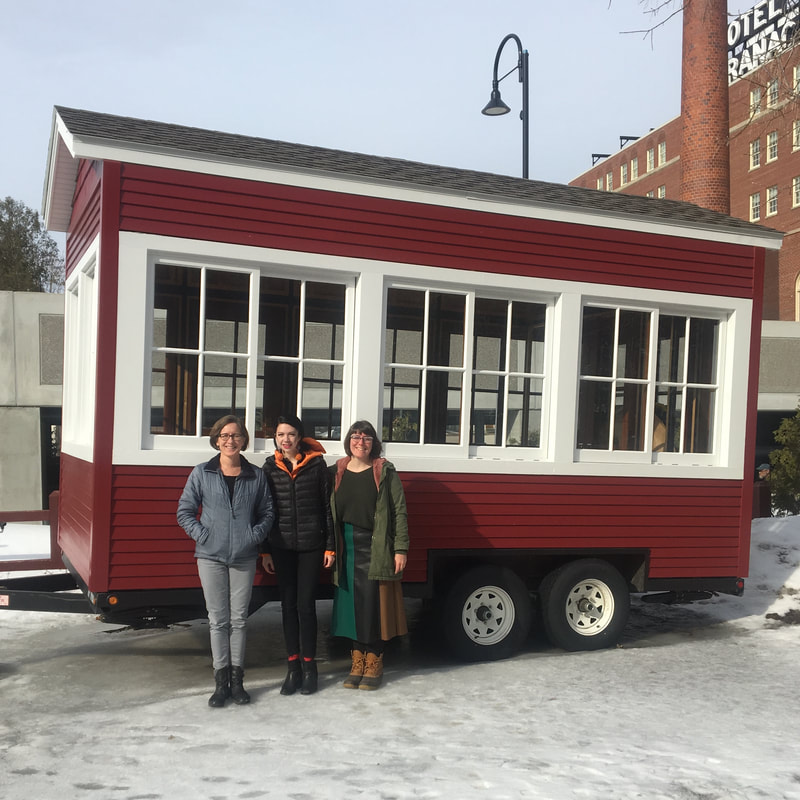
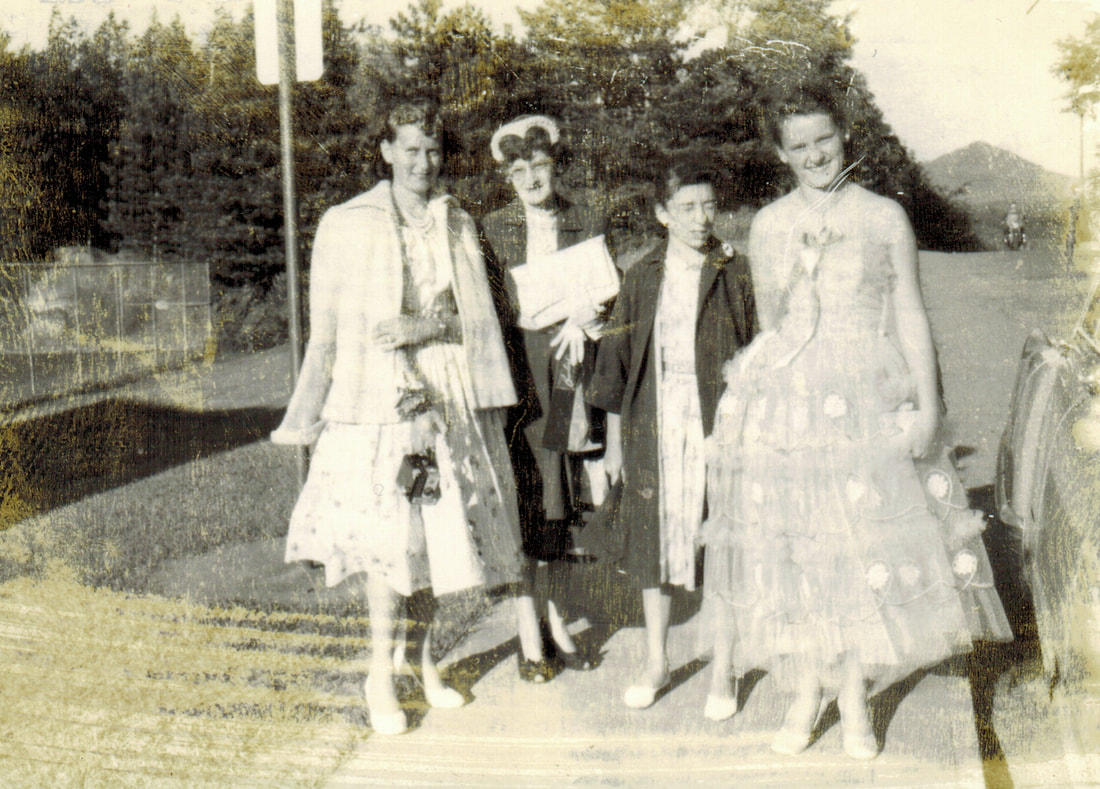
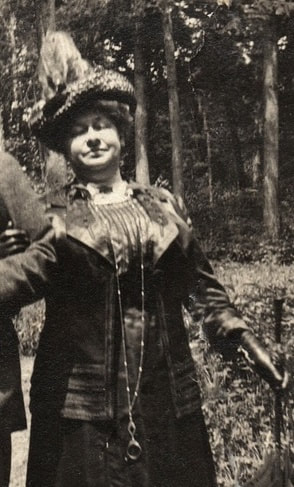
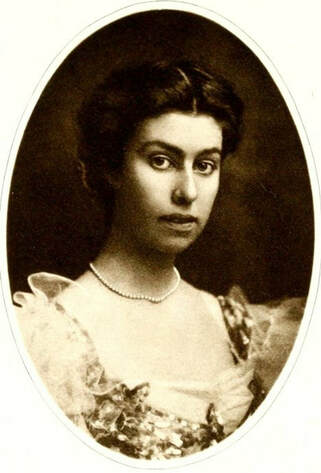
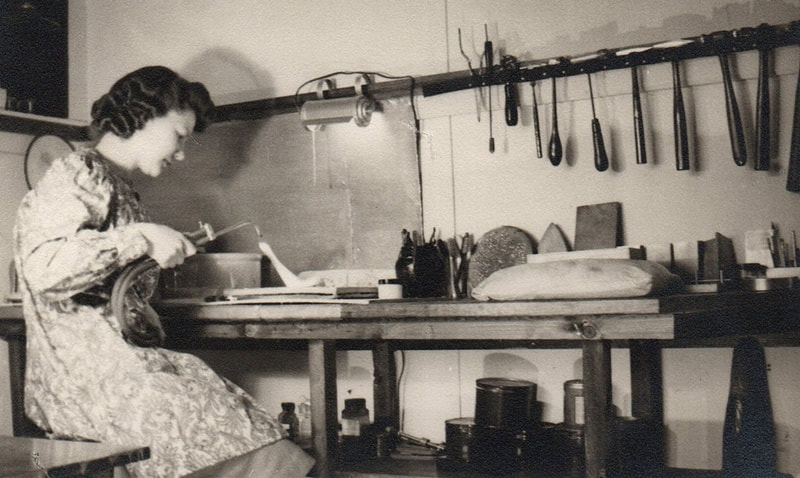
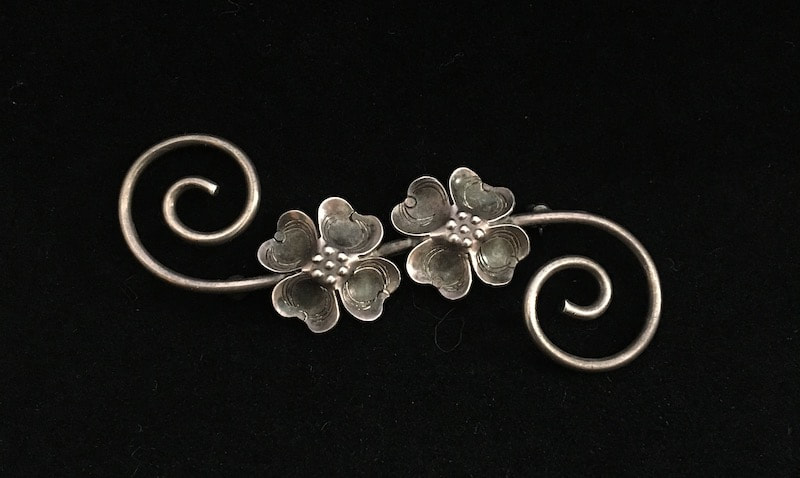
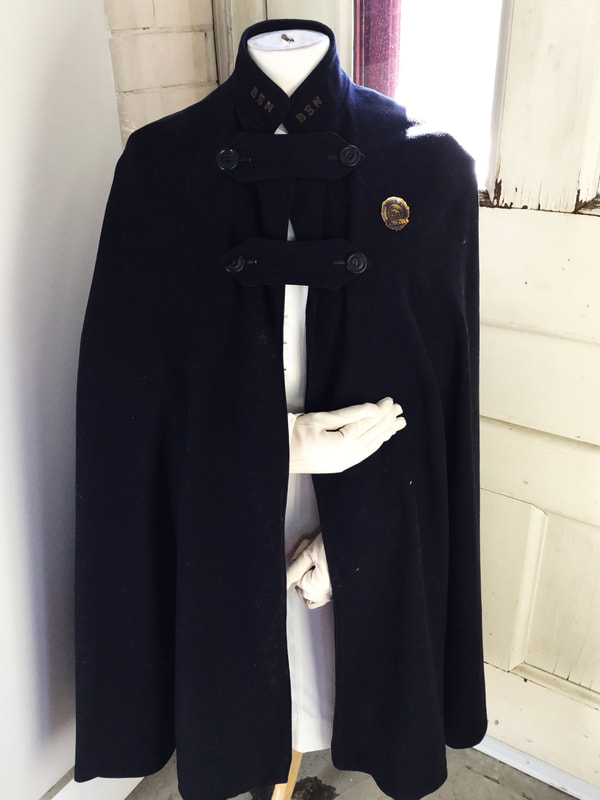
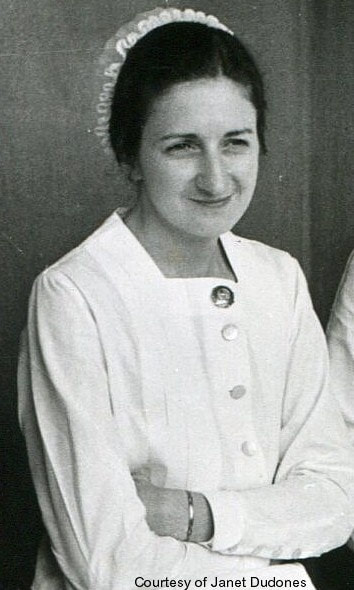
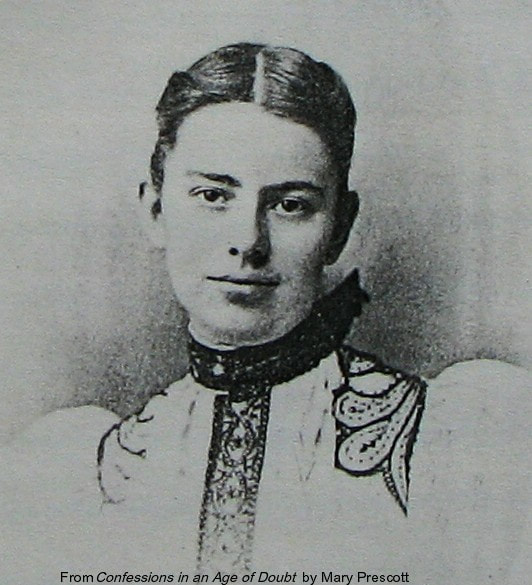
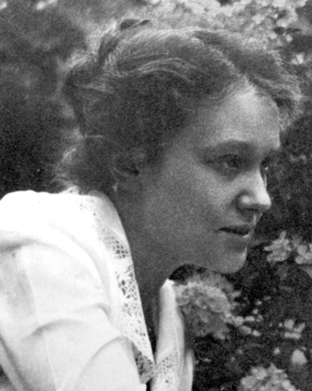
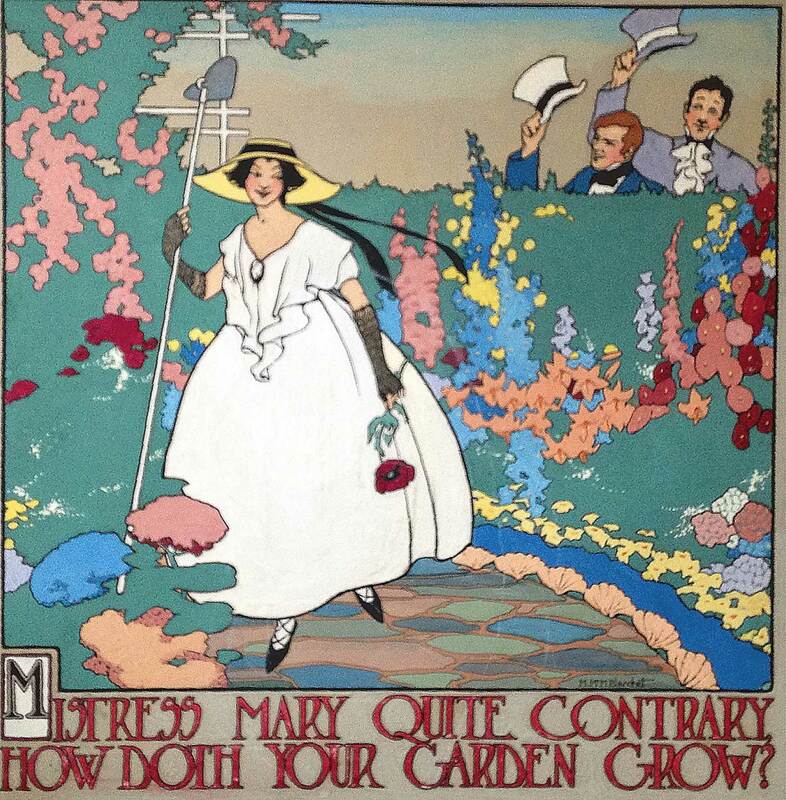
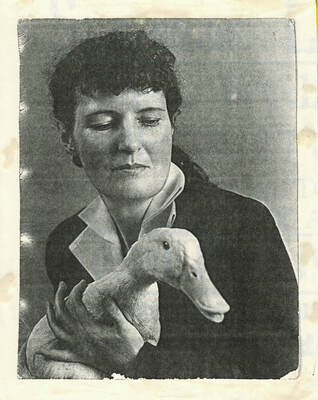
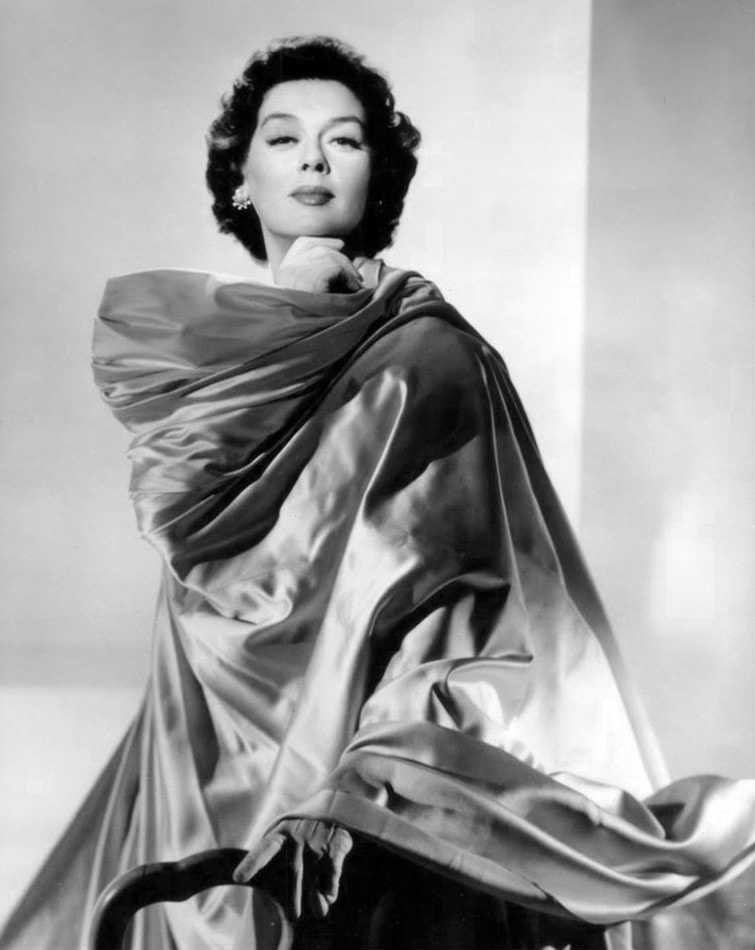
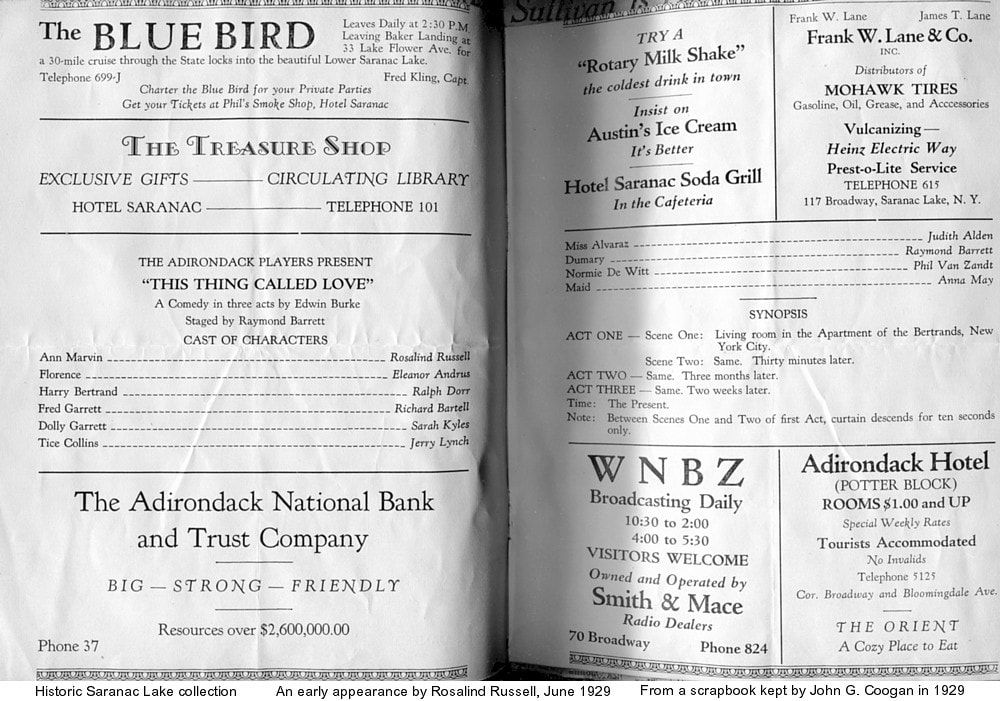
 RSS Feed
RSS Feed